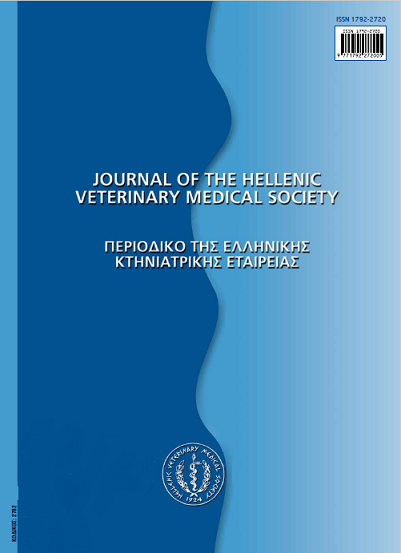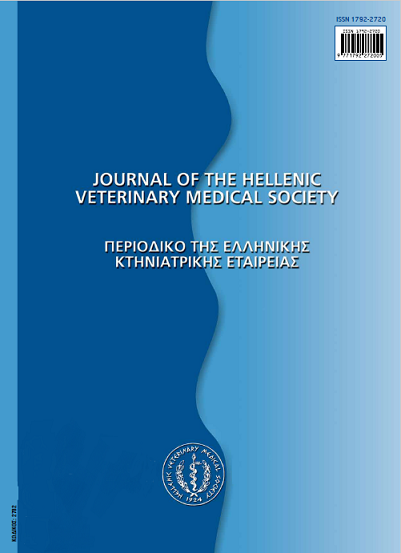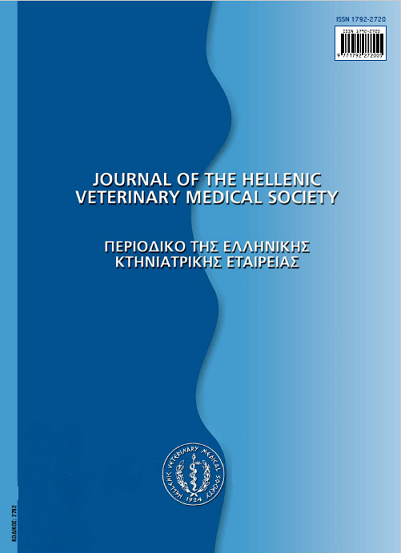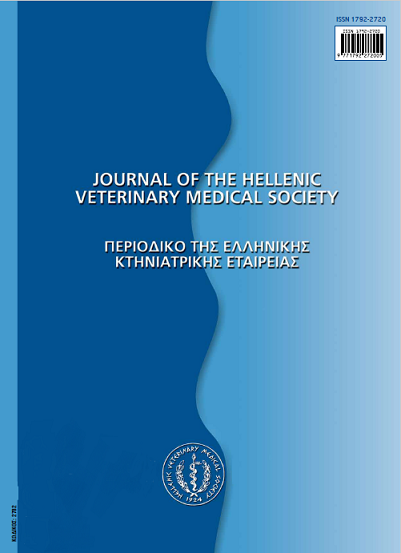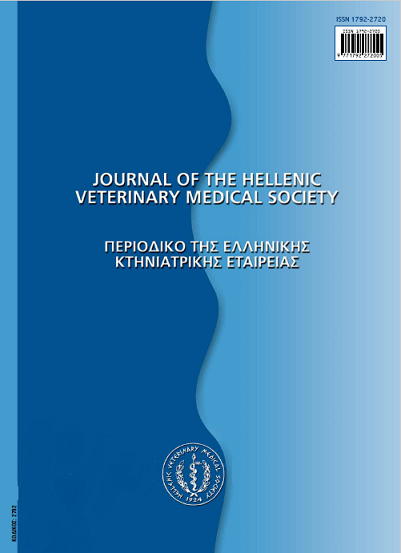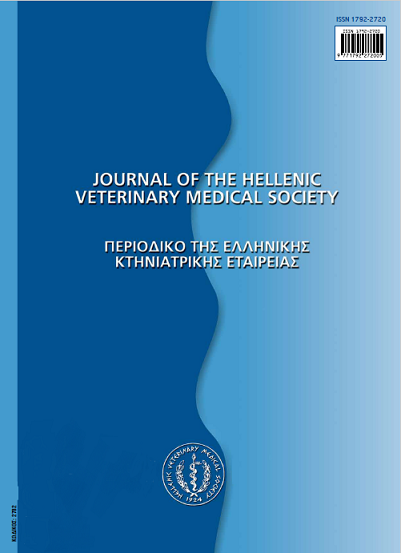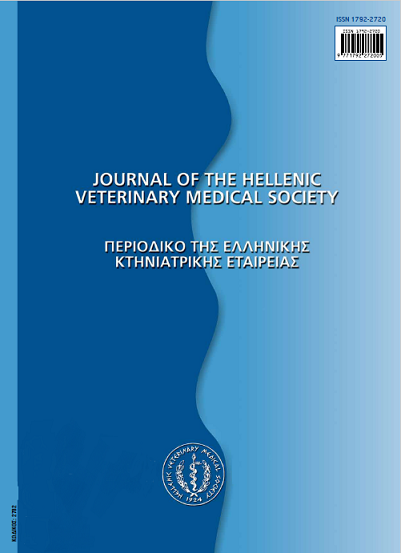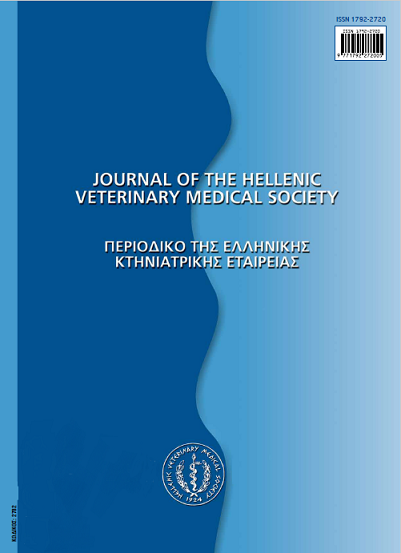Shiga toxin-producing Escherichia coli (STEC) food-borne outbreaks
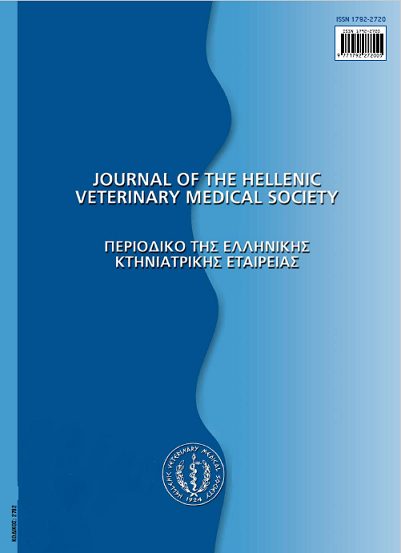
Abstract
Escherichia coli (E. coli) are Gram negativo, non-sporulating bacteria, which belong to the normal intestinal flora of humans and animals. Shiga toxin-producing E. coli (STFC) arc a group of if. coli that is defined by the capacity to produce toxins called Shiga toxins (Stx). hollowing ingestion of STEC, the significant risk of two serious and potentially life-threatening complications of infection, hemorrhagic colitis and hemolytic uremic syndrome (HUS), makes STHC food poisoning a serious public health problem. Besides Stx, human pathogenic STFC harbor additional virulence factors that are important for their pathogenicity. Although human infection may also be acquired by direct transmission from person to person or by direct contact of humans with animal carriers, the majority of STFC infections are food-borne in origin.
The gastrointestinal tract of healthy ruminants seems to be the foremost important reservoir for STFC and ingestion of undercooked beef one of the most likely routes of transmission to humans, Other important food sources include faecally contaminated vegetables and drinking water, The serogroup classification of STHC is based on the somatic (O) and flagellar (H) antigens, and, to date, more than 200 STFC serogroups have been identified, Human STFC infections are, however, associated with a minor subset of 0;H serotypes. Of these, the 0157:H7 or the 0157 :H- serogroups (STFC 0157) are the ones most frequently reported to be associated with food-borne outbreaks. However other non-0157 STFC serogroups such as E. coli 026, 0103, O l l i , 012I, 045 and 0145 have caused several outbreaks in recent years.
Two outbreaks of gastroenteritis caused by E. coli 0157:117 were first reported in the US, following the consumption of undercooked hamburgers, in 1982. Since then several outbreaks were reported worldwide. A major E. coli 0157:117 outbreak occurred in Japan and contaminated radish sprouts was identified as the vehicle of infection. More than 6,000 school children were affected, 101 people were hospitalized with lILS and 12 deaths were recorded. The recent outbreak of STFC 0104:114 infection and HUS reported in Germany in the spring of 2011 was one of the largest outbreaks worldwide. As of 27 July, 3 126 cases of STFC infections, 773 cases of HUS including 46 deaths linked to the outbreak in Germany and occurring in the Furopean Union (FU) (including Norway), Outside the FU 8 cases of STFC and 5 cases of HUS, including 1 death have been reported in the USA, Canada and Switzerland, all with recent travel history to Germany.
The present review on major STliC food-borne outbreaks recorded worldwide highlights the need for eontrol measures in order to prevent or at least minimize the occurrence of similar events in the future.
Article Details
- How to Cite
-
PEXARA (Α. ΠΕΞΑΡΑ) A., ANGELIDIS (Α. Σ. ΑΓΓΕΛΙΔΗΣ) A. S., & GOVARIS (Α. ΓΚΟΒΑΡΗΣ) A. (2017). Shiga toxin-producing Escherichia coli (STEC) food-borne outbreaks. Journal of the Hellenic Veterinary Medical Society, 63(1), 45–53. https://doi.org/10.12681/jhvms.15397
- Issue
- Vol. 63 No. 1 (2012)
- Section
- Review Articles
Authors who publish with this journal agree to the following terms:
· Authors retain copyright and grant the journal right of first publication with the work simultaneously licensed under a Creative Commons Attribution Non-Commercial License that allows others to share the work with an acknowledgement of the work's authorship and initial publication in this journal.
· Authors are able to enter into separate, additional contractual arrangements for the non-exclusive distribution of the journal's published version of the work (e.g. post it to an institutional repository or publish it in a book), with an acknowledgement of its initial publication in this journal.
· Authors are permitted and encouraged to post their work online (preferably in institutional repositories or on their website) prior to and during the submission process, as it can lead to productive exchanges, as well as earlier and greater citation of published work.



